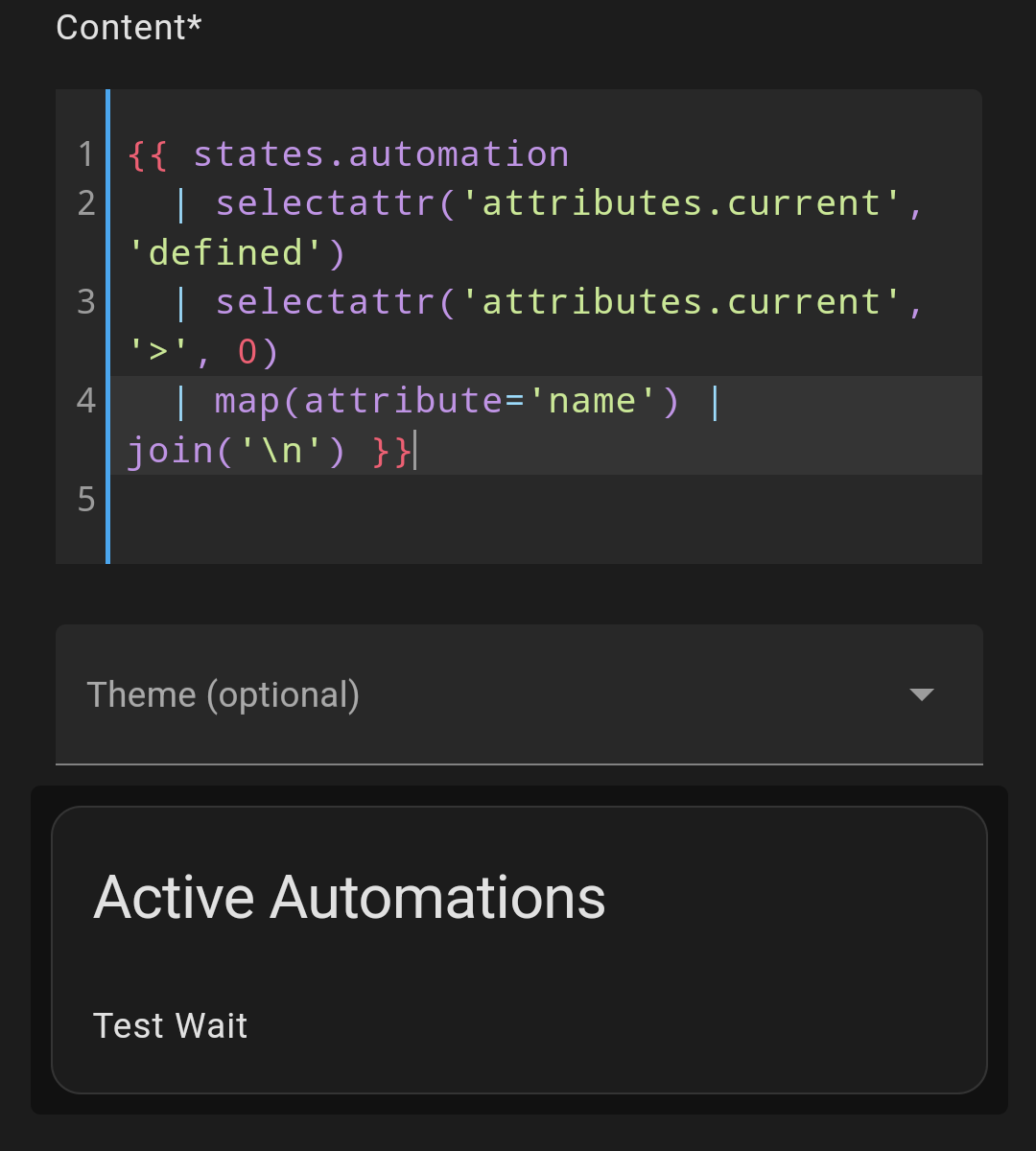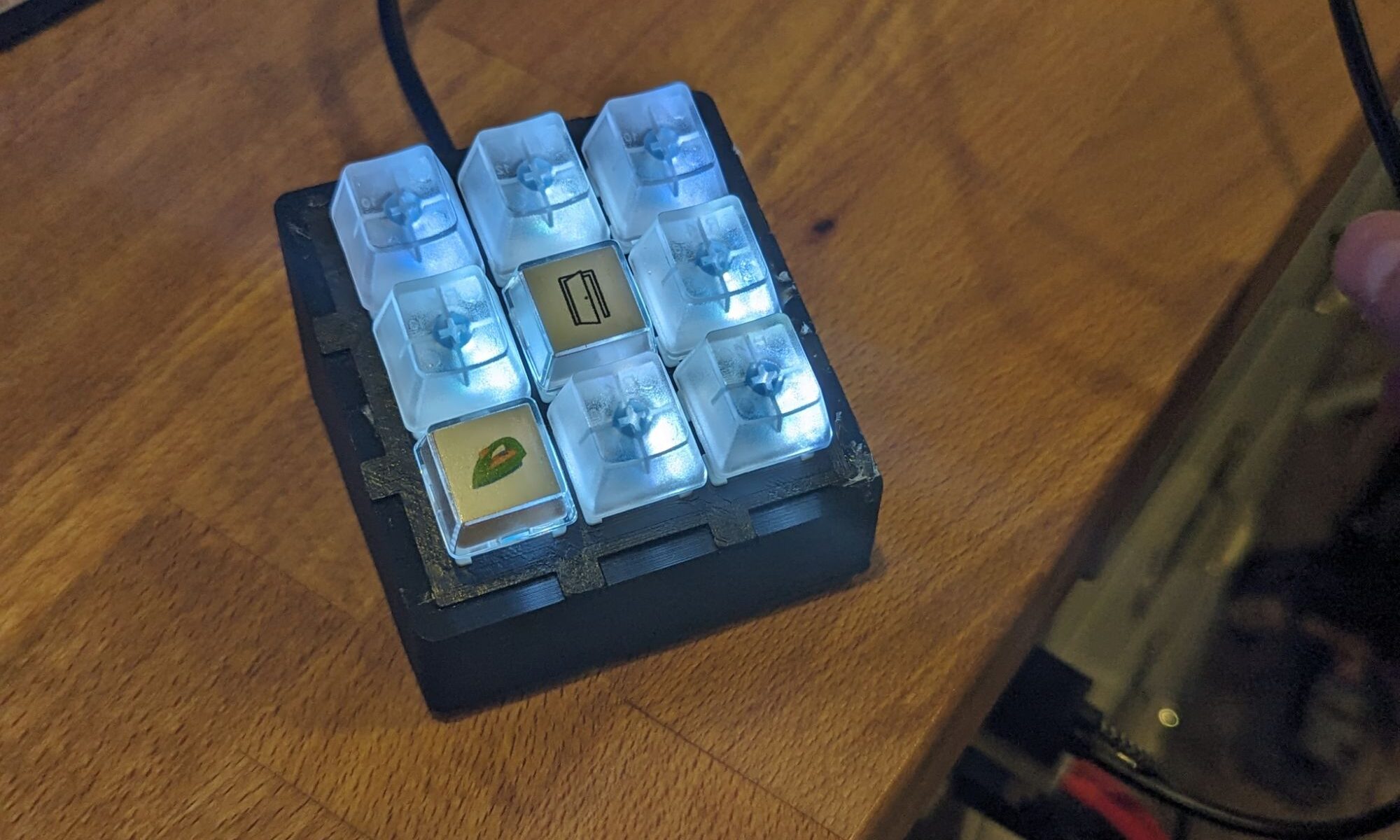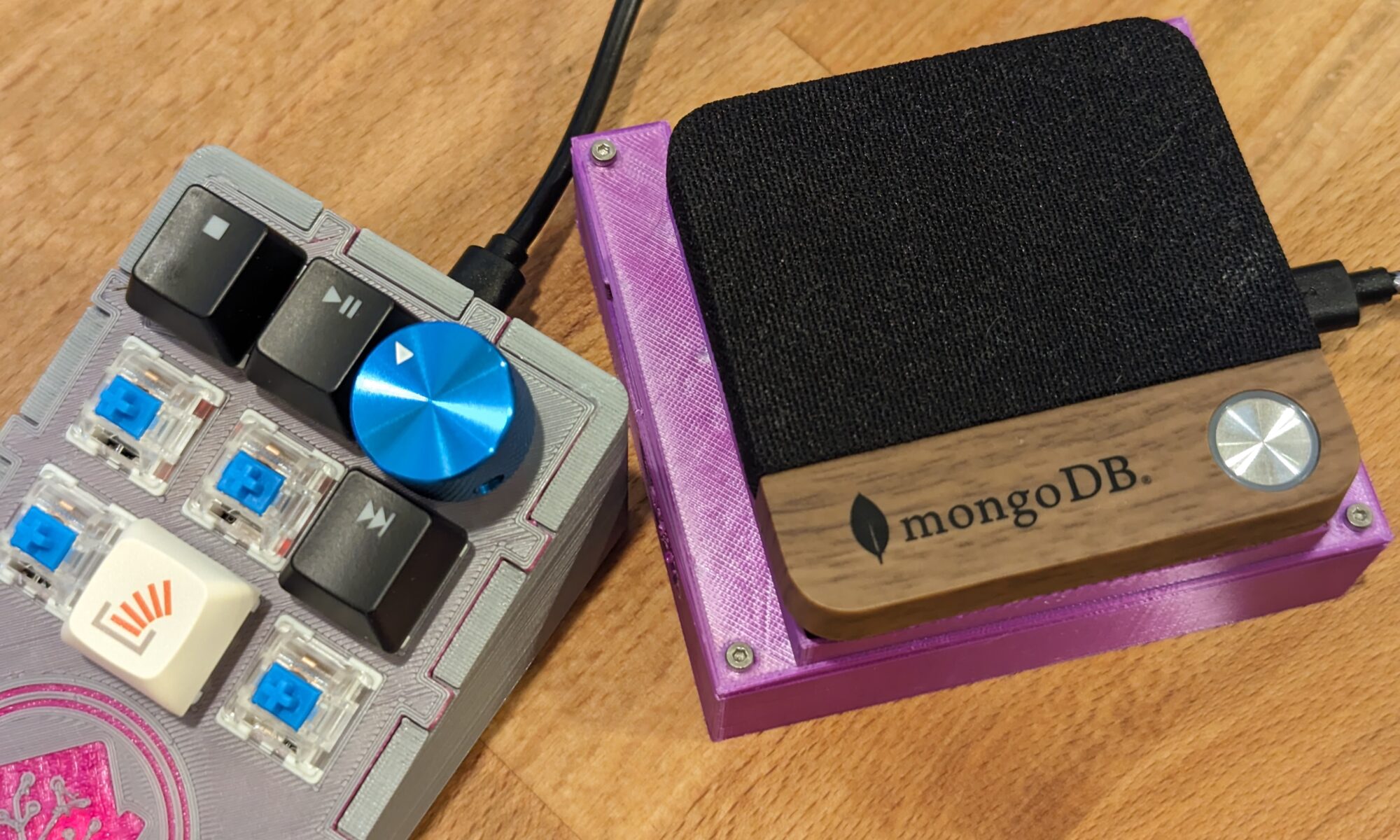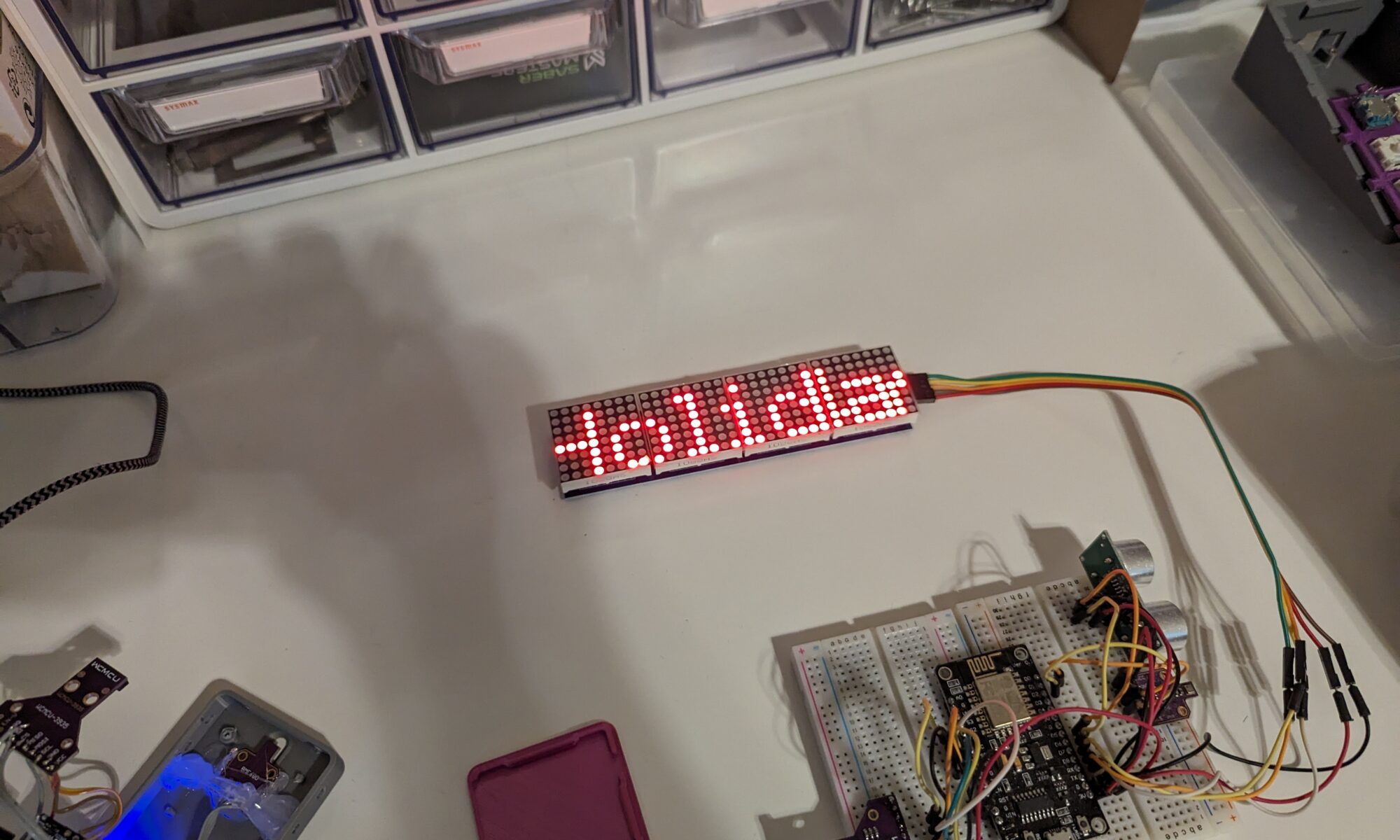I’ve been trying to add some BME680 sensors to my IKEA air quality sensors. My goal was to add a bit more environmental sensors around my house to keep track of temperature, humidity, etc. In doing this I also ran into some odd problems with my D1 minis to work through.
Continue reading “BME680 and ESP”Putty Serial Connections to ESP Devices
While working on debugging an ESP32, I needed to get the log for the unit when WiFi was down. To do this I need a serial connection, which can be done using putty. Since this was the first time I used putty to connect to a serial device, I figured I’d give a short how to connect to an ESP32 using it.
Continue reading “Putty Serial Connections to ESP Devices”Finding Stuck Automations
I run into a case from time to time when I’m developing new automations where they end up hanging and stop responding. Since most of my automations are set to only allow one to run, this ends up causing future calls to it to fail since the hung iteration is still out there.
Continue reading “Finding Stuck Automations”ESPDeck 3 + LED Backlighting
Ever since I integrated per key LEDs in the NFC Deck, I have wanted to update the ESP Deck design to incorporate them (and update some of my keypads to include them too). I finally got around to both of these, swapping the switches for clear switches on one of my ESP Decks and integrating in the LED lighting.
Continue reading “ESPDeck 3 + LED Backlighting”Controlling Media Volume with a Rotary Encoder from ESPHome
The NFC Decks that I design and build have rotary encoders onboard. I added them to eventually use in a whole home audio setup, and now that I have some squeezelite speakers to control, I finally have something to use that part of my design on. Let’s take a look at how to control media volume with the rotary encoders.
Continue reading “Controlling Media Volume with a Rotary Encoder from ESPHome”Displaying Currently Playing Music Info
I have played with the MAX7219 display a few times in the past but never had a solid project in mind for it. With my whole home audio project though, I realized I can use it for a cool little display showing what’s currently playing on the system. I’ll want a slightly larger display to use for a final project, but for now I can play with the automations and back end setup for such a display.
Continue reading “Displaying Currently Playing Music Info”Squeezebox ESP32 Multi-room Audio System
I finally came across a speaker setup that I could try out for relatively inexpensively, that also uses open source software, and can be used for multi-room audio. I found the ESP32 A1S audio kit that is supported by squeezelite-esp and has a simple web installer. On top of that, there are a decent number of forum posts using it and providing details on configuration. This gives me a potential holy grail, open source, locally based, multi-room audio speaker. The main problem I will end up having is putting something together with good audio quality, and appliance level ease of use and stability, but thats a future problem, for now, lets check out squeezelite on the ESP32 A1S.
Continue reading “Squeezebox ESP32 Multi-room Audio System”Actionable Notifications with Home Assistant
I hooked up my front door lock to my z-wave network recently and wanted to setup some automations around it. One of the automations was to be a notification from home assistant if the lock was unlocked for more than some time period, with two actions on it, one to immediately lock the door, and the other to do nothing.
Continue reading “Actionable Notifications with Home Assistant”Installing Music Assistant on Home Assistant
I’ve been going down the route of researching and building out infrastructure for a home audio system, and the next stop on this is installing music assistant and checking out some of its features.
Continue reading “Installing Music Assistant on Home Assistant”Updating to HACS 2.0
HACS just released a new major version, with a large redesign using help from the Open Home Foundation. The install process for some major updates can have potential hiccups in it, however this one is very nice and easy to do. This is how I went about installing the update on my home assistant instance along with initial impressions of the new version.
Continue reading “Updating to HACS 2.0”






